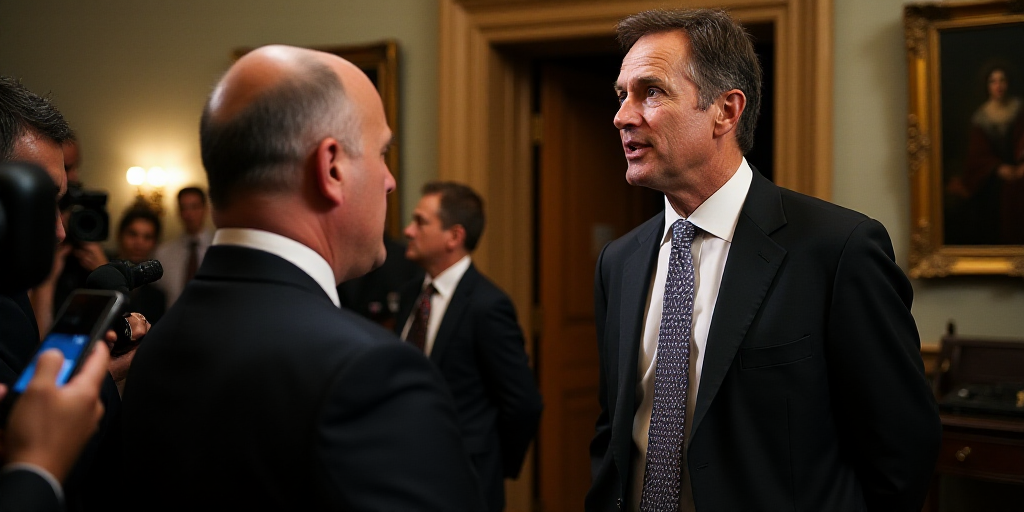Background on Donald Trump and His Tax Reform Efforts
Donald Trump, the 45th President of the United States, has been actively pushing for significant tax reform since taking office in January 2017. His administration aims to pass a comprehensive tax cut bill, which includes reducing corporate and individual tax rates. However, the narrow majority of Republicans in the House of Representatives has created a divide over proposed spending cuts.
The Divided Republican Party
The hardline Republicans in the House of Representatives have been causing delays in advancing the tax bill. On Friday, they briefly blocked progress due to disagreements over spending cuts. These cuts, according to nonpartisan analysts, could add between $3 trillion and $5 trillion to the federal government’s existing $21.5 trillion debt.
Trump’s Capitol Visit and its Impact
In an attempt to expedite the process, President Trump visited Capitol Hill for a one-and-a-half-hour meeting with Republican representatives. His message was clear and urgent: “Taxes will go up if this isn’t passed. What Republican would vote for that, leaving them no longer recognized as Republicans for a long time?”
Key Players and Their Roles
Mike Johnson: As the President of the House, Mike Johnson and his advisors are tasked with pushing through the legislation using the slim majority in the House. They can only afford to lose three Republican votes for a successful passage.
Tax Bill and Immigration Status
The tax bill, along with immigration provisions, was narrowly approved by the House Budget Committee. This development highlights the delicate balance between achieving tax reform and addressing immigration concerns within the Republican party.
Key Questions and Answers
- Q: Who is Donald Trump and why is he relevant in this situation?
Donald Trump is the current President of the United States. His tax reform efforts are crucial as they aim to reshape the nation’s tax system, including reducing corporate and individual tax rates. His involvement in pressuring Republican representatives reflects the narrow majority’s internal division over spending cuts necessary for tax reform.
- Q: Why are the hardline Republicans causing delays in advancing the tax bill?
The hardline Republicans are concerned about the significant spending cuts proposed in the tax bill. Nonpartisan analysts estimate that these cuts could add between $3 trillion and $5 trillion to the federal government’s existing debt, which has risen to $21.5 trillion.
- Q: What is the significance of Trump’s visit to the Capitol?
Trump’s visit aimed to create urgency and encourage Republican representatives to reach an agreement on the tax cut bill. His message emphasized the potential consequences of failing to pass the bill, including tax increases and political repercussions for Republicans.
- Q: Who is Mike Johnson, and what is his role in this process?
Mike Johnson is the President of the House of Representatives. Along with his advisors, he is responsible for pushing through the tax legislation using the slim majority in the House. They can only afford to lose three Republican votes for a successful passage.
- Q: What are the key components of the approved tax bill and immigration provisions?
The approved tax bill includes comprehensive tax cuts, while immigration provisions were also addressed. The narrow approval by the House Budget Committee demonstrates the delicate balance between achieving tax reform and addressing immigration concerns within the Republican party.






